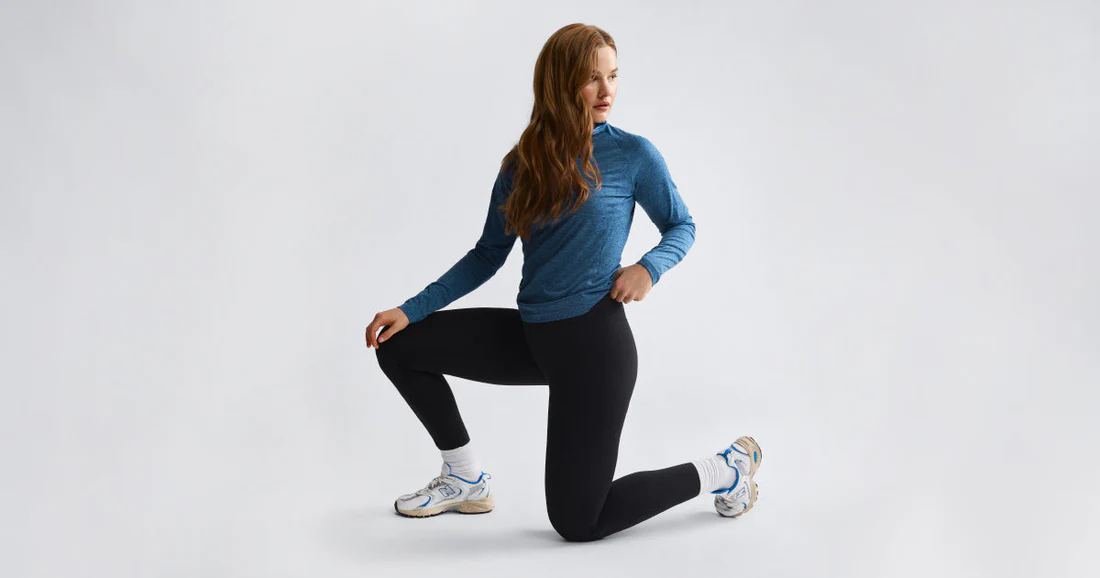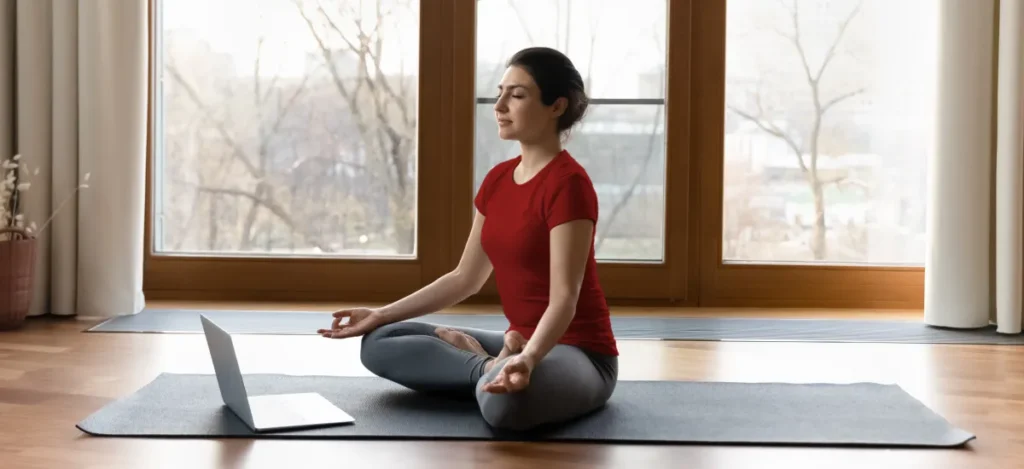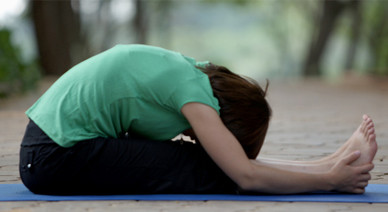
Yoga for Poses
Table of Contents
1. Introduction
In today’s fast-paced American lifestyle, balancing flexibility and strength is key to leading a healthier life. Whether you’re working from home, spending long hours in the office, or trying to stay fit post-retirement, incorporating Yoga for Poses into your daily routine can work wonders. These poses not only enhance flexibility and strength but also reduce stress, improve posture, and boost overall well-being.
Yoga isn’t just about twisting into impossible shapes—it’s about building a stronger, more resilient body and a peaceful mind. In this article, we explore 7 Yoga for Poses that target major muscle groups, build strength, and enhance flexibility. These are specially chosen to suit individuals across the United States, from busy New Yorkers to wellness-focused Californians.
2. Why Flexibility and Strength Matter
Benefits of Flexibility:
- Enhances range of motion
- Reduces muscle soreness
- Prevents injuries
- Improves circulation
Benefits of Strength:
- Builds muscular endurance
- Supports joint health
- Boosts metabolism
- Enhances athletic performance
Yoga for Poses uniquely combines both these elements, making it a versatile and accessible workout method for everyone.

3. What is “Yoga for Poses”?
“Yoga for Poses” refers to a targeted practice where specific yoga positions are chosen to serve functional goals, such as increasing flexibility or building strength. In this context, we select poses that work on multiple muscle groups, activate the core, and stretch key areas like hips, hamstrings, back, and shoulders.
Unlike generic yoga routines, Yoga for Poses is purpose-driven, scientifically backed, and suitable for all fitness levels. With proper breathing and alignment, even beginners in the USA can quickly see noticeable improvements.
4. 7 Best Yoga for Poses to Improve Flexibility and Strength
1. Downward Facing Dog (Adho Mukha Svanasana)
- Flexibility Focus: Hamstrings, calves, spine
- Strength Focus: Arms, shoulders, upper back
- Tip: Spread your fingers wide to protect your wrists
2. Plank Pose (Phalakasana)
- Flexibility Focus: Wrists, ankles
- Strength Focus: Core, shoulders, arms
- Tip: Engage your thighs and glutes to stabilize
3. Crescent Lunge (Anjaneyasana)
- Flexibility Focus: Hip flexors, thighs
- Strength Focus: Legs, glutes, core
- Tip: Keep your front knee stacked over your ankle
4. Chair Pose (Utkatasana)
- Flexibility Focus: Ankles, calves
- Strength Focus: Quads, back, glutes
- Tip: Tuck your tailbone and keep the chest open
5. Bridge Pose (Setu Bandhasana)
- Flexibility Focus: Spine, chest
- Strength Focus: Glutes, hamstrings, back
- Tip: Avoid squeezing the glutes too tightly
6. Warrior II (Virabhadrasana II)
- Flexibility Focus: Hips, groin
- Strength Focus: Legs, shoulders, core
- Tip: Gaze over your front fingers to help balance
7. Seated Forward Bend (Paschimottanasana)
- Flexibility Focus: Hamstrings, back, shoulders
- Strength Focus: Core, spine
- Tip: Keep your spine long; avoid rounding your back

5. Comparison Table of Yoga for Poses
| Pose | Flexibility Target | Strength Target | Difficulty Level | Best For |
| Downward Dog | Calves, Hamstrings | Arms, Shoulders | Beginner | Full-body activation |
| Plank | Wrists, Ankles | Core, Arms | Intermediate | Core strengthening |
| Crescent Lunge | Hip Flexors, Thighs | Glutes, Legs | Beginner | Lower-body mobility |
| Chair Pose | Calves, Ankles | Quads, Glutes | Intermediate | Leg endurance |
| Bridge Pose | Spine, Chest | Glutes, Back | Beginner | Back support |
| Warrior II | Groin, Hips | Legs, Core | Intermediate | Balance and posture |
| Seated Forward Bend | Hamstrings, Spine | Core | Beginner | Deep flexibility practice |
6. Daily Yoga Routine Plan (USA Edition)
| Time of Day | Activity | Duration |
| Morning | 5-minute Breathing + 15-min Yoga Poses | 20 mins |
| Lunch Break | 10-minute Stretch (e.g., Forward Bend) | 10 mins |
| Evening | Full Flow: All 7 Yoga for Poses | 30 mins |
Total Daily Time: 1 hour (easily manageable in the U.S. work culture)
7. Common Mistakes to Avoid
- Holding your breath during the pose
- Overstretching and forcing flexibility
- Skipping warm-ups and cooldowns
- Comparing progress with others
- Not practicing consistently
Avoiding these errors ensures your Yoga for Poses journey is safe and sustainable.
8. Expert Tips for Beginners
- Start slow: Begin with 2-3 poses a day
- Use props: Blocks and straps make poses more accessible
- Listen to your body: Pain is not progress
- Join a community: Local studios or online U.S.-based classes help
- Track progress: Note flexibility and strength gains weekly
9. FAQ: Yoga for Poses in the USA
Q1: How long should I hold each pose?
A: Beginners can start with 15-30 seconds and gradually increase to 1 minute.
Q2: Can I do Yoga for Poses if I have back pain?
A: Yes, but consult a healthcare provider first. Gentle poses like Bridge and Forward Bend can help.
Q3: How often should I practice Yoga for Poses?
A: 4-5 times a week is ideal for noticeable flexibility and strength results.
Q4: Is it okay to combine with other workouts?
A: Absolutely. Yoga complements cardio and strength training routines.
Q5: What equipment do I need?
A: Just a yoga mat and optional blocks or straps. Many American retailers like Amazon or Target offer affordable gear.
10. Conclusion
Practicing Yoga for Poses is not just a fitness choice—it’s a lifestyle commitment that can transform your flexibility, strength, and overall health. Whether you’re a beginner in Chicago, a busy executive in Los Angeles, or a retiree in Florida, these 7 poses can be your go-to tools for wellness.
Consistency, patience, and mindfulness are key. Embrace these poses as a daily habit and watch your body and mind evolve. Make Yoga for Poses a core part of your American lifestyle in 2025 and beyond.
Also Read
Daily Cacao Powder Uses for Better Heart Health
The Natural Cortisol Cocktail That Calms Your Mind
11 Benefits of AI in Everyday Life | AI Advantages Unplugged



